According to Minister of Information and Communications Nguyen Manh Hung, in addition to 5G, network operators need to invest in 4G because this will still be the infrastructure that will be used a lot in the future.
At the first quarter 2024 conference of the Ministry of Information and Communications, Minister Nguyen Manh Hung said that improving the quality of mobile networks is always a hot issue. When users use more, the quality of the network can go down, so it needs to be optimized daily and invested regularly.
He affirmed that 2024 is the year of 5G commercialization nationwide, but also asked network operators to invest in 4G - an important infrastructure for at least the next 5 years.
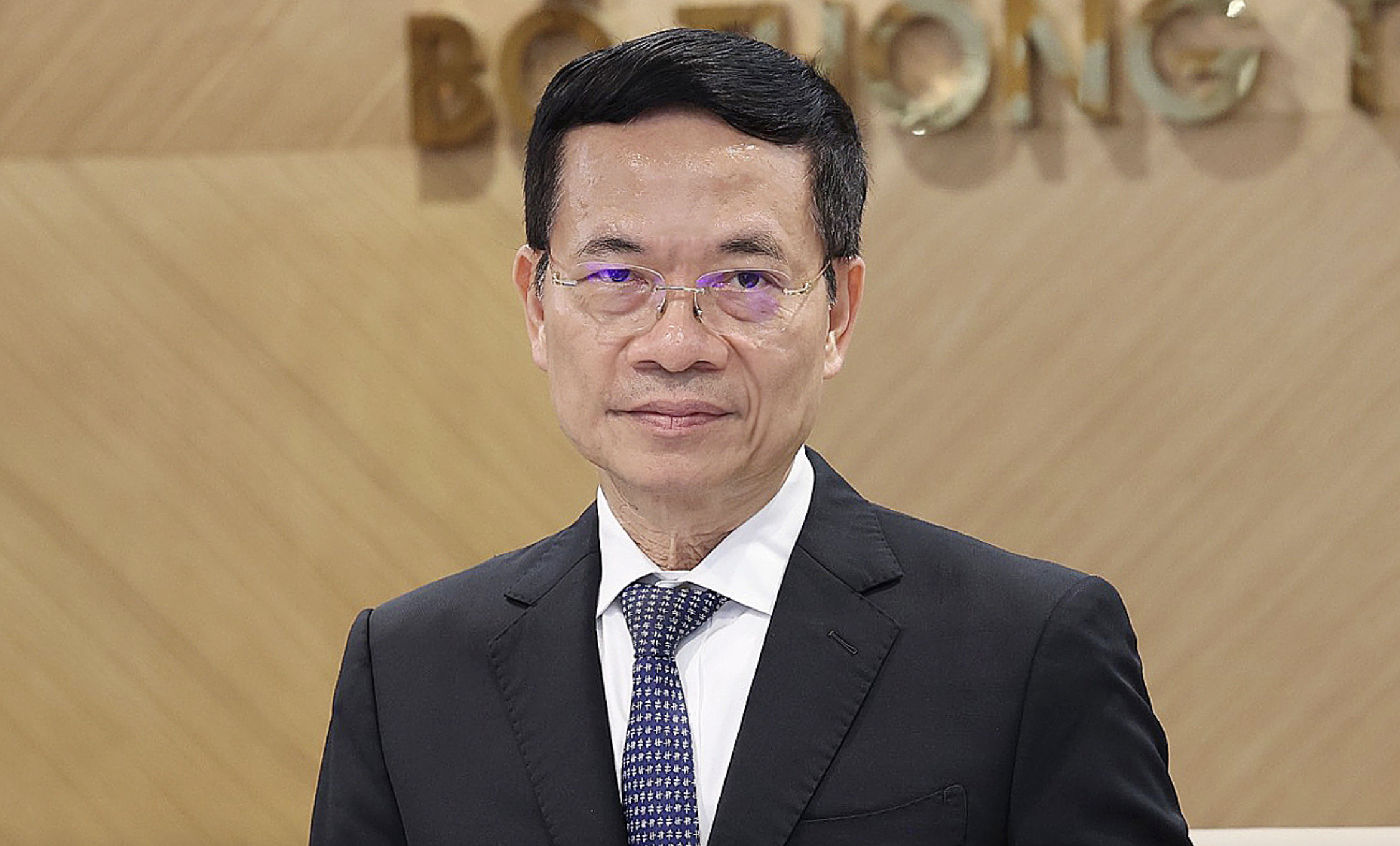
Minister Nguyen Manh Hung speaks at the conference on the afternoon of April 15. Photo: Thao Anh
"We talk a lot about 5G, but in Vietnam from now until 2030, the main capacity will still be 4G. At the earliest, 5G will surpass 4G in terms of traffic and subscribers by 2029," said the Minister.
He also acknowledged the fact that 4G infrastructure in Vietnam lacks low frequency. The characteristic of low frequency is that it has lower speed but greater coverage than high frequency. Using low frequency helps the network to reach every home.
"It may be necessary to consider bidding for low frequencies such as 700 MHz for the three major carriers to deploy to ensure quality," he said.
According to the Minister, mobile is the main digital infrastructure today, closely and directly affecting user behavior. He assigned the Telecommunications Department to measure network quality and make it public monthly.
At the conference, the Ministry of Information and Communications also granted licenses to establish networks and provide terrestrial mobile information services using 5G technology to Viettel and VNPT. In March, these two units successfully auctioned the right to use the B1 frequency band (2500-2600 MHz) for VND7,533 billion and C2 (3700-3800 MHz) for VND2,581 billion.
With a price nearly three times higher, the advantage of B1 is wide coverage, helping carriers reduce investment in broadcasting stations. In addition, another big advantage is that B1 supports both 5G and 4G networks, helping carriers improve the quality of 4G networks during the transition to 5G.
At the end of last year, the Ministry of Information and Communications reported that Vietnam's 4G coverage rate reached 99.8% of the population, higher than many developed countries. According to the Information and Communications Infrastructure Plan 2021-2030, Vietnam aims to have 5G network covering 99% of the population by 2030, with a minimum speed of 100 Mbps.
Luu Quy - Vnexpress.net


![[Photo] The 9th Vietnam-China Border Defense Friendship Exchange](https://vstatic.vietnam.vn/vietnam/resource/IMAGE/2025/4/16/10e73e2e0b344c0888ad6df3909b8cca)
![[Photo] President Luong Cuong meets 100 typical examples of the Deeds of Kindness Program](https://vstatic.vietnam.vn/vietnam/resource/IMAGE/2025/4/16/ce8300edfa7e4afbb3d6da8f2172d580)
![[Photo] Opening of the Exhibition on Green Growth](https://vstatic.vietnam.vn/vietnam/resource/IMAGE/2025/4/16/253372a4bb6e4138b6f308bc5c63fd51)
![[Photo] Prime Minister Pham Minh Chinh receives Cambodian Deputy Prime Minister Neth Savoeun](https://vstatic.vietnam.vn/vietnam/resource/IMAGE/2025/4/16/e3dc78ec4b844a7385f6984f1df10e7b)
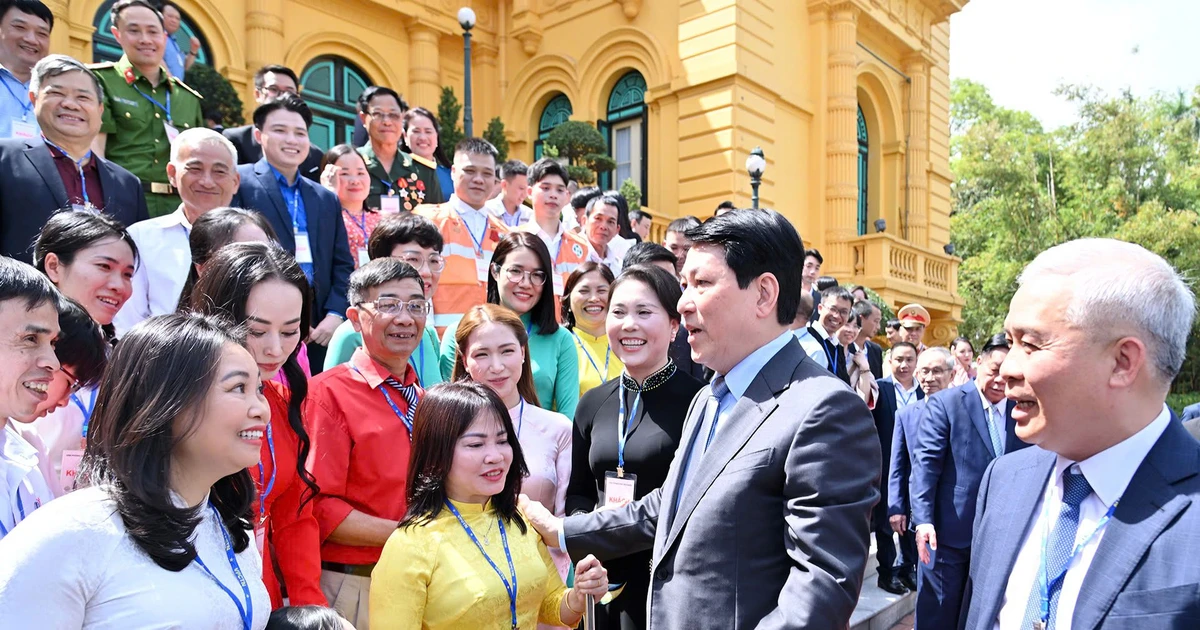
![[Photo] General Secretary To Lam gave a speech at the National Conference to disseminate the Resolution of the 11th Central Conference, 13th tenure.](https://vstatic.vietnam.vn/vietnam/resource/IMAGE/2025/4/16/04e0587ea84b43588d2c96614d672a9c)


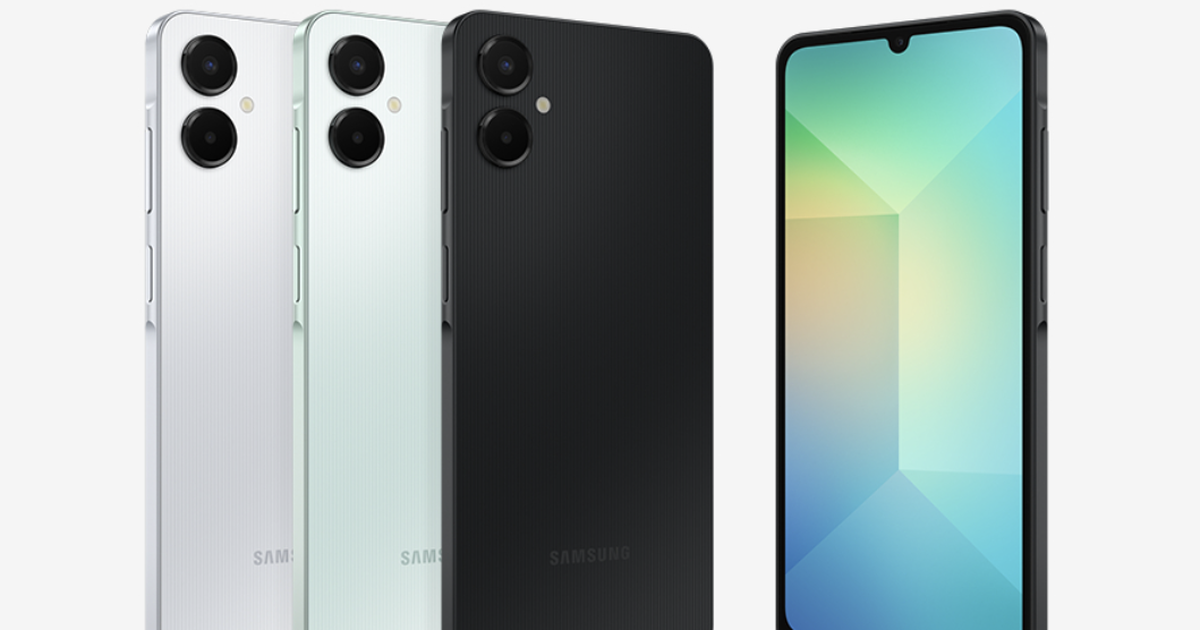
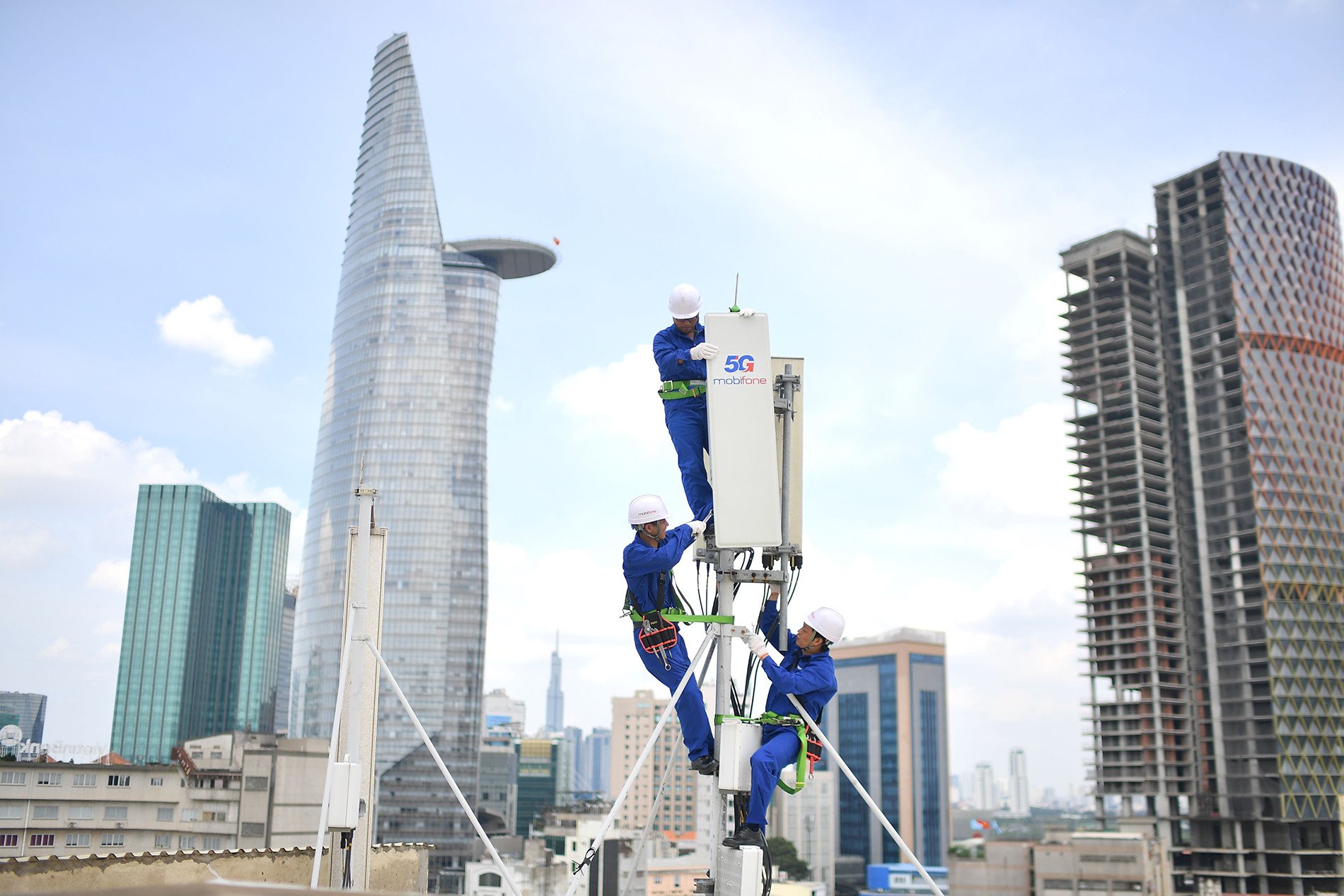

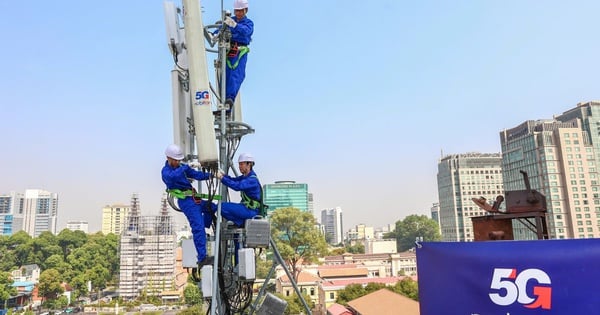

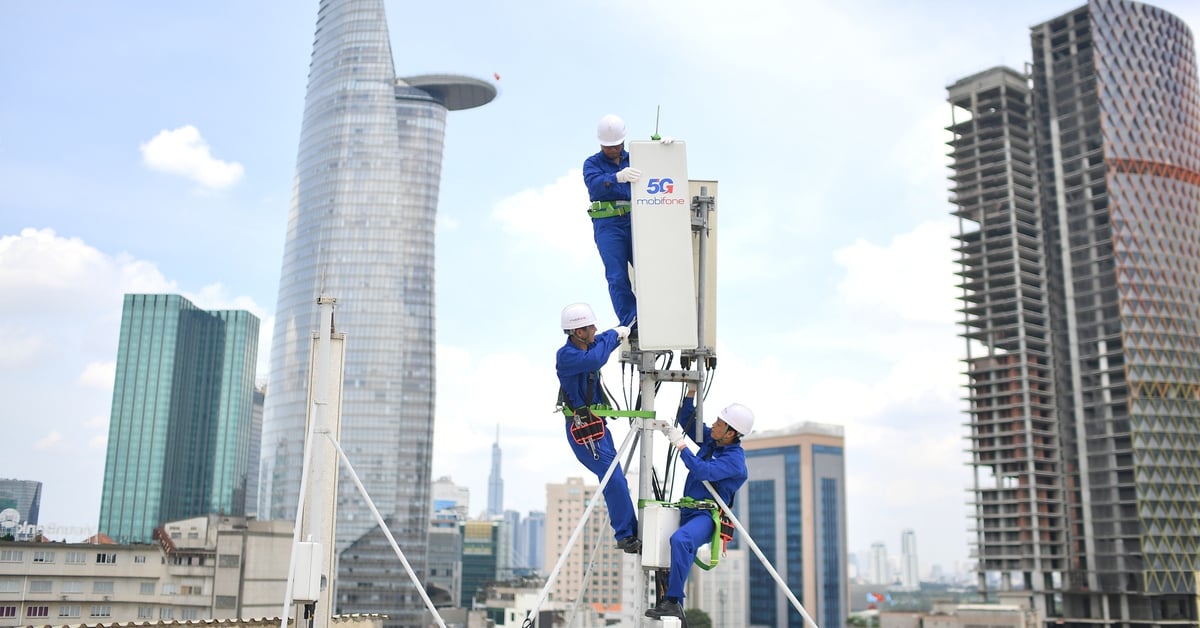

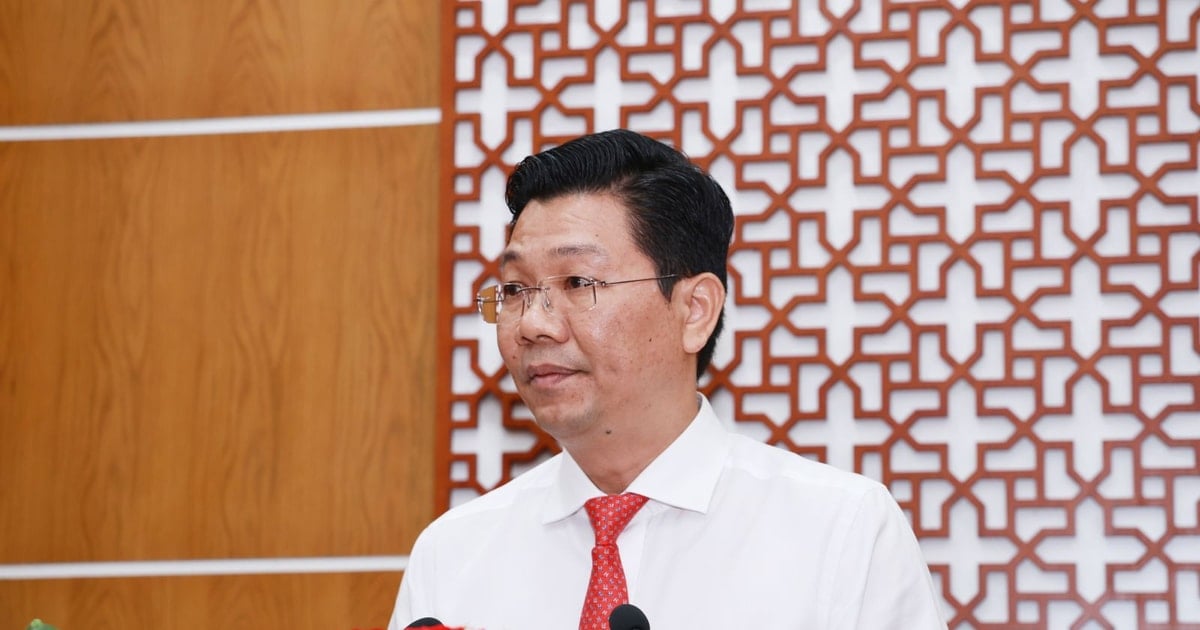


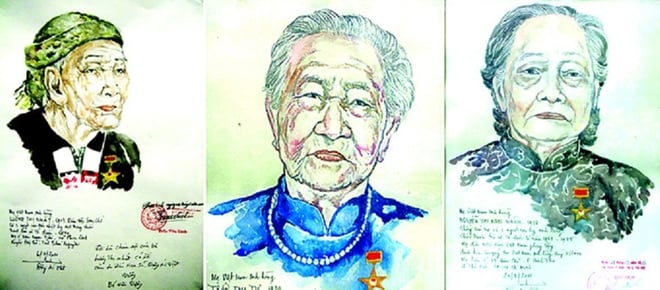

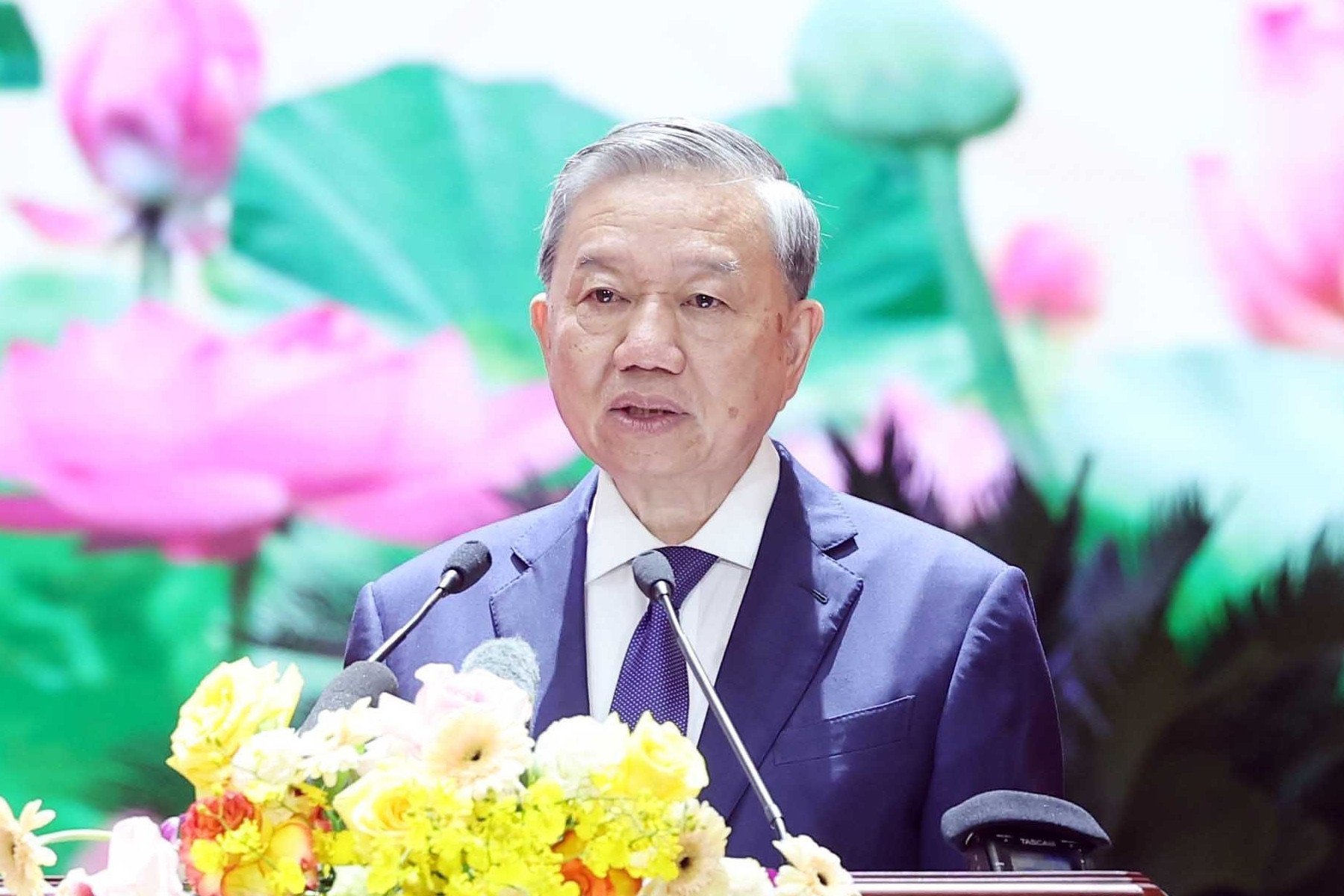

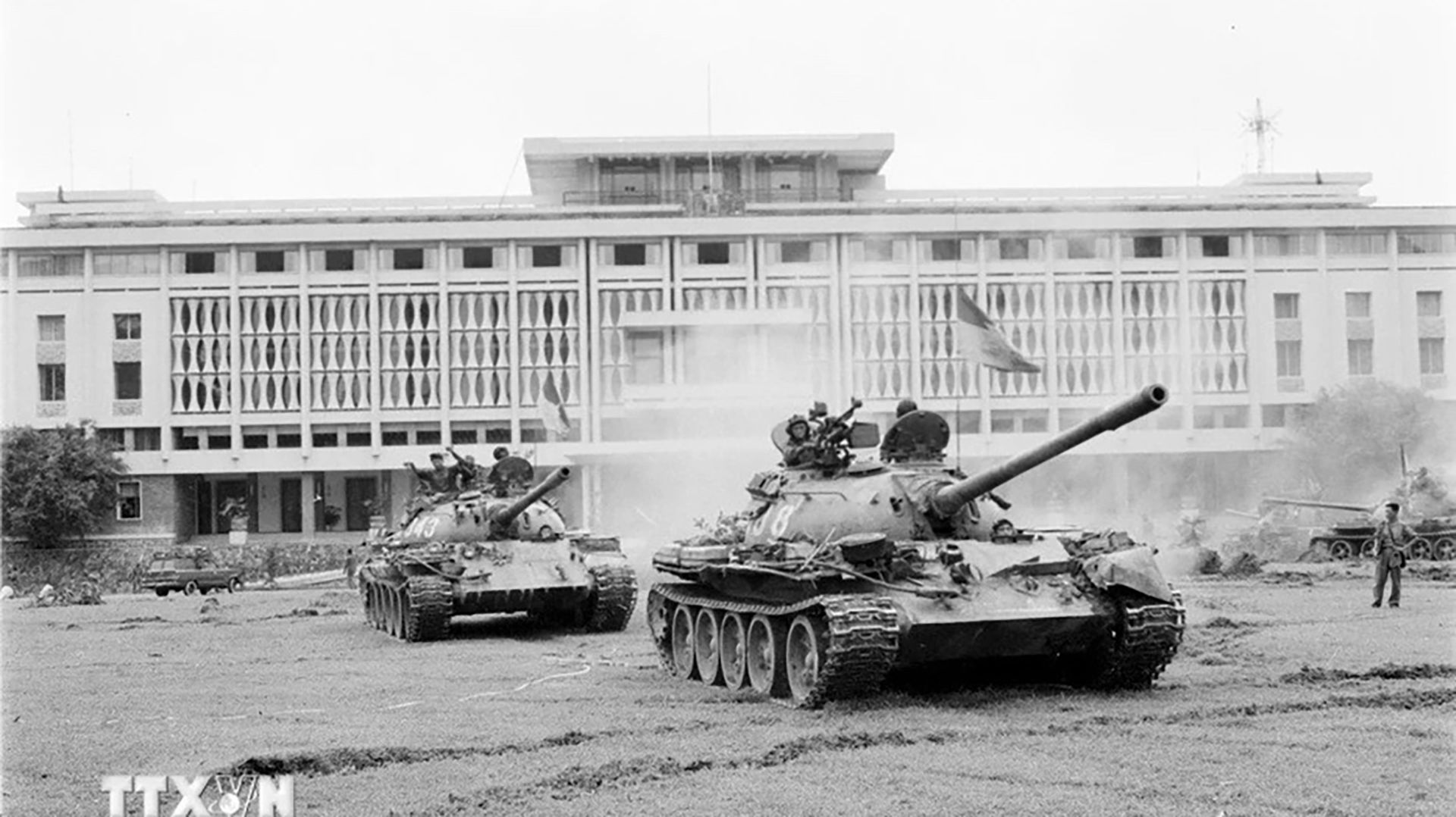
















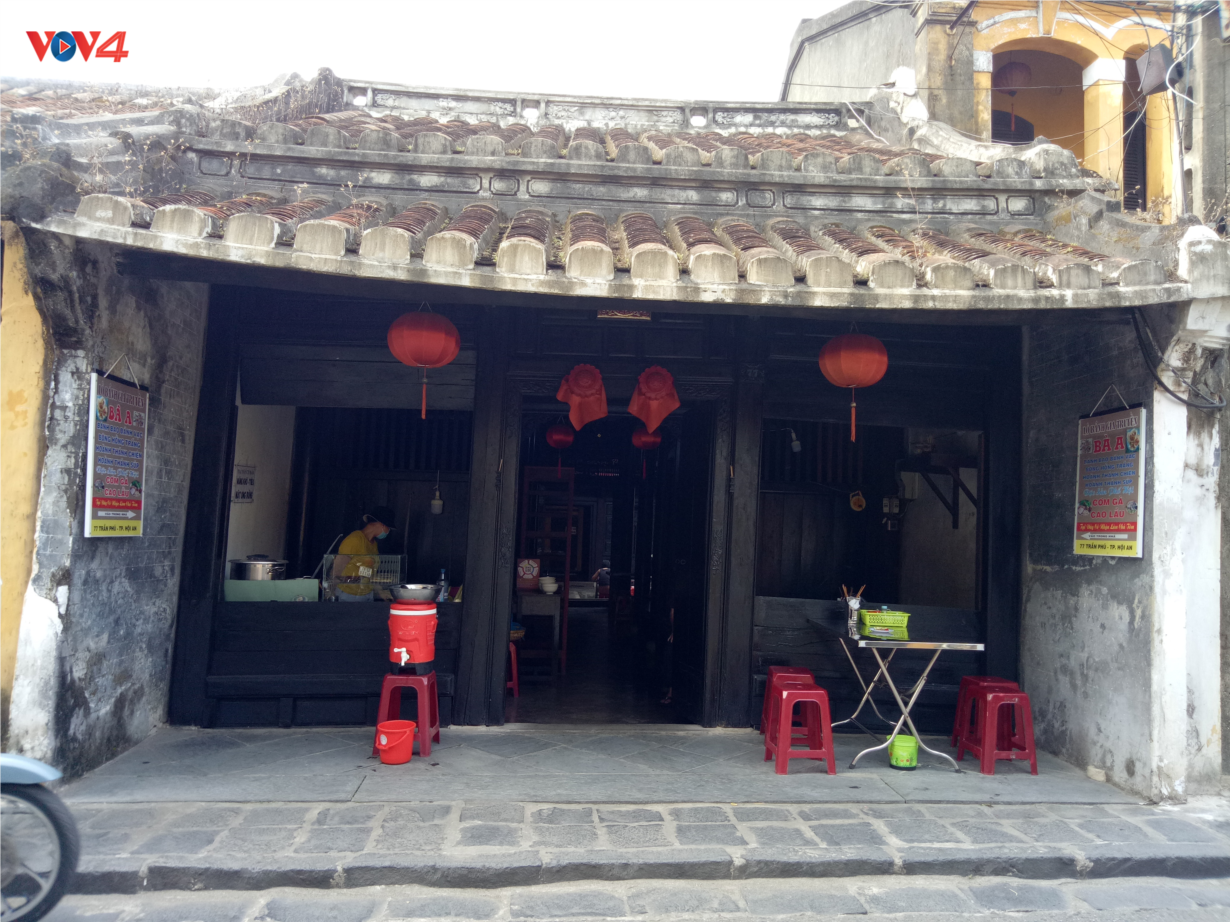




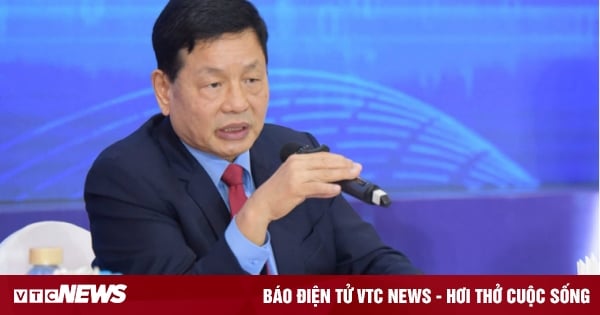

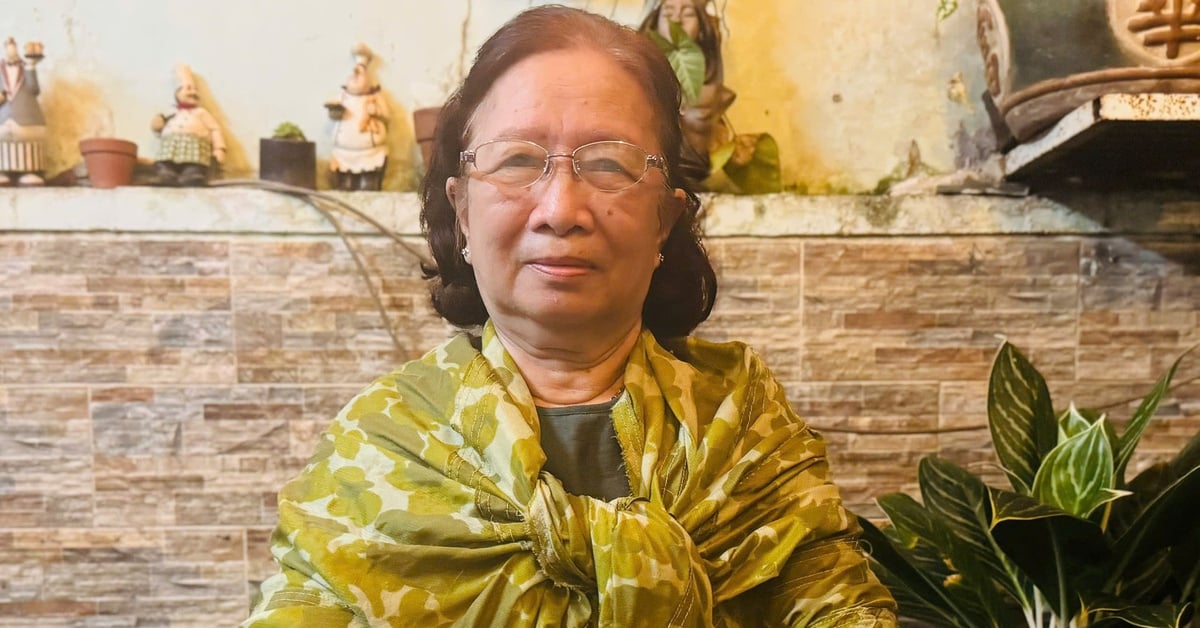
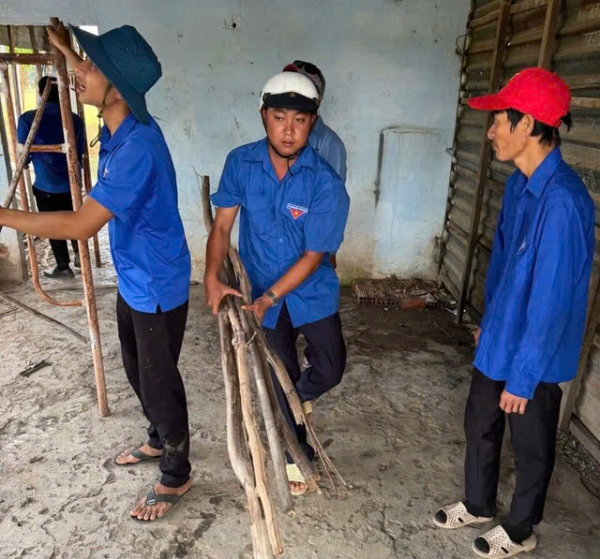






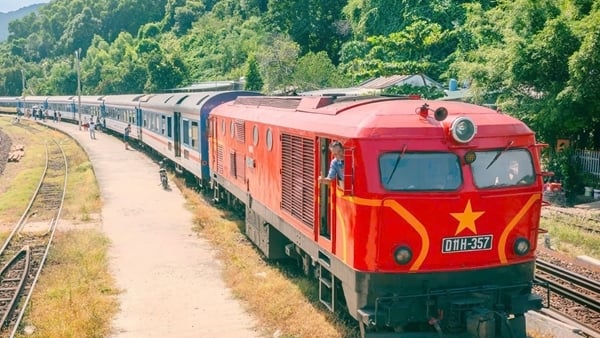



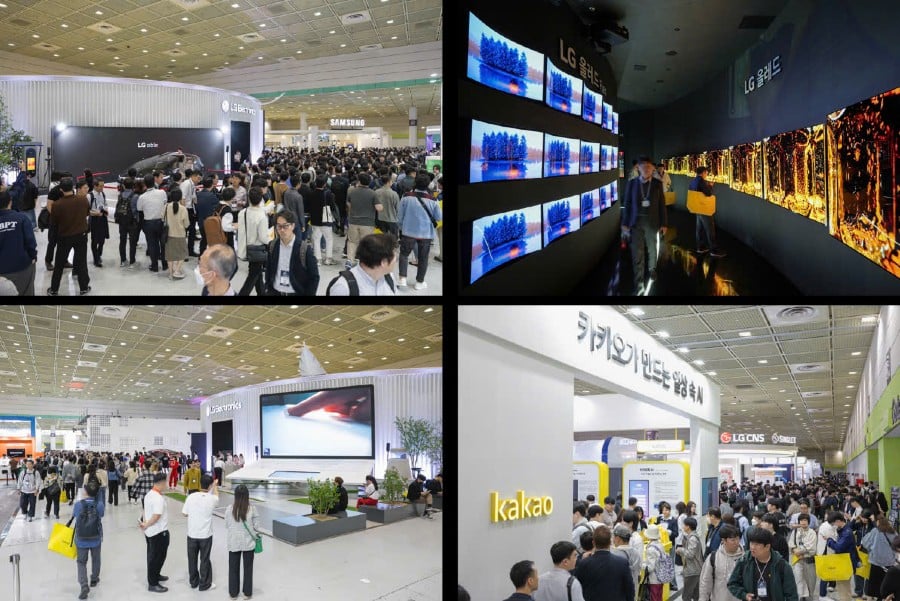


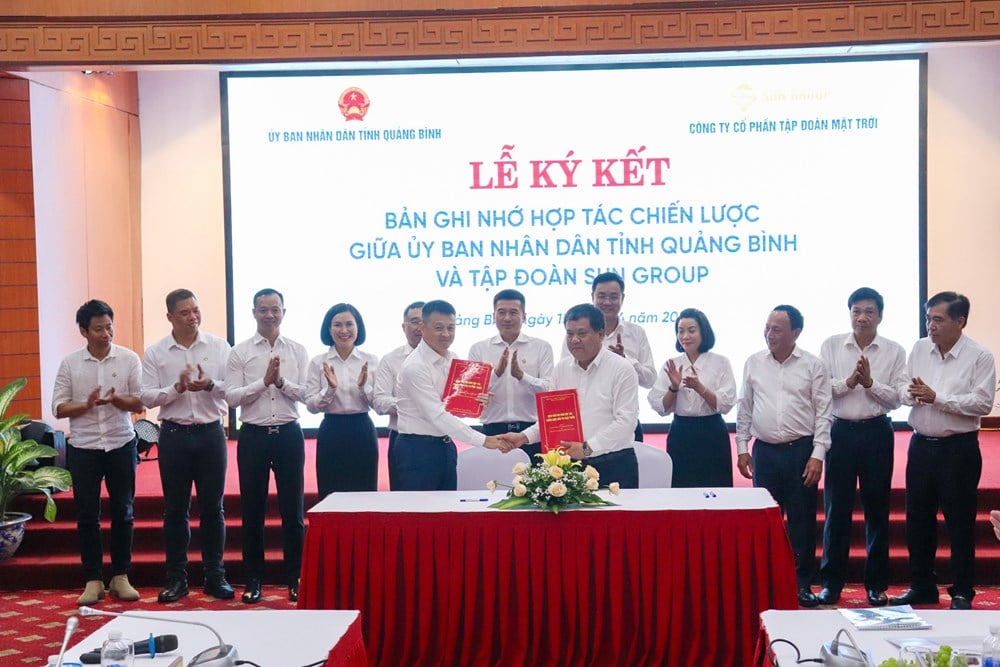



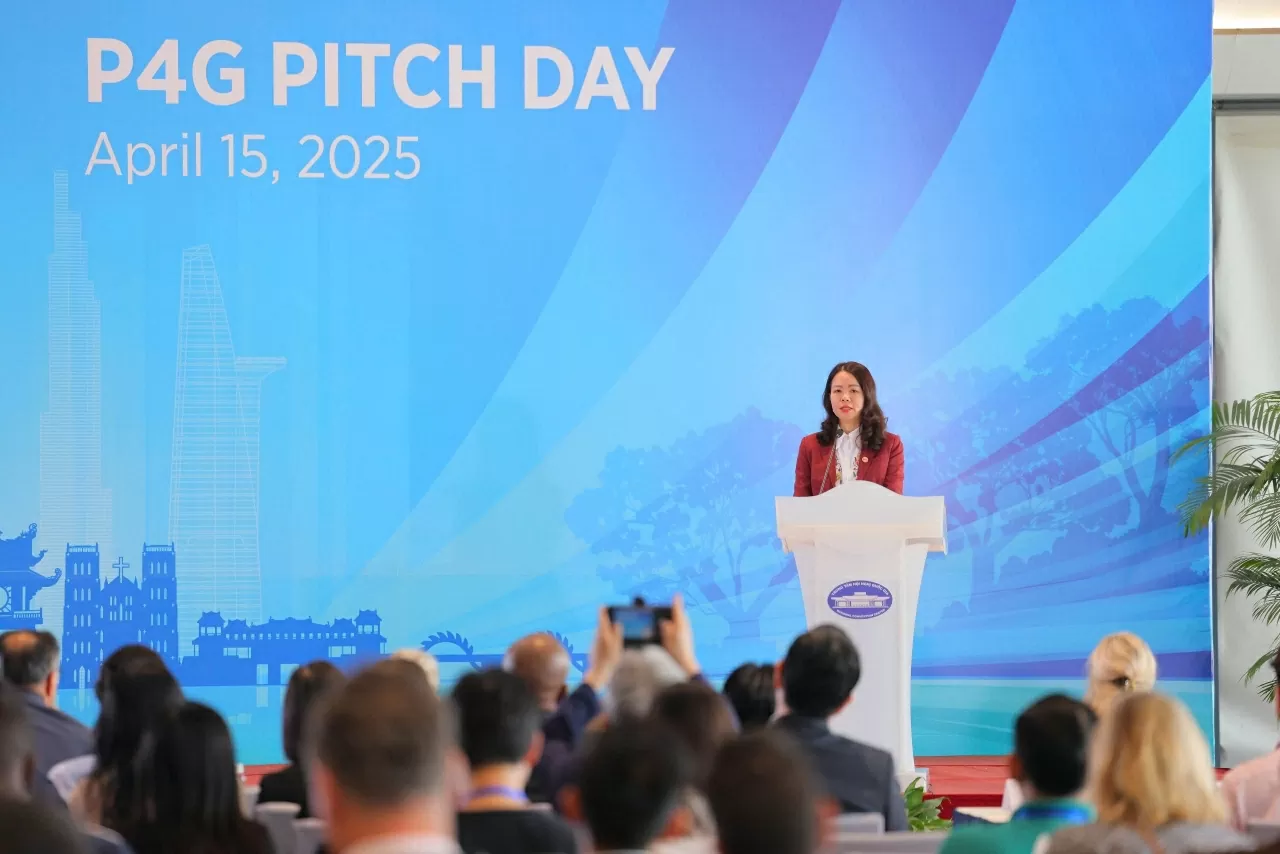

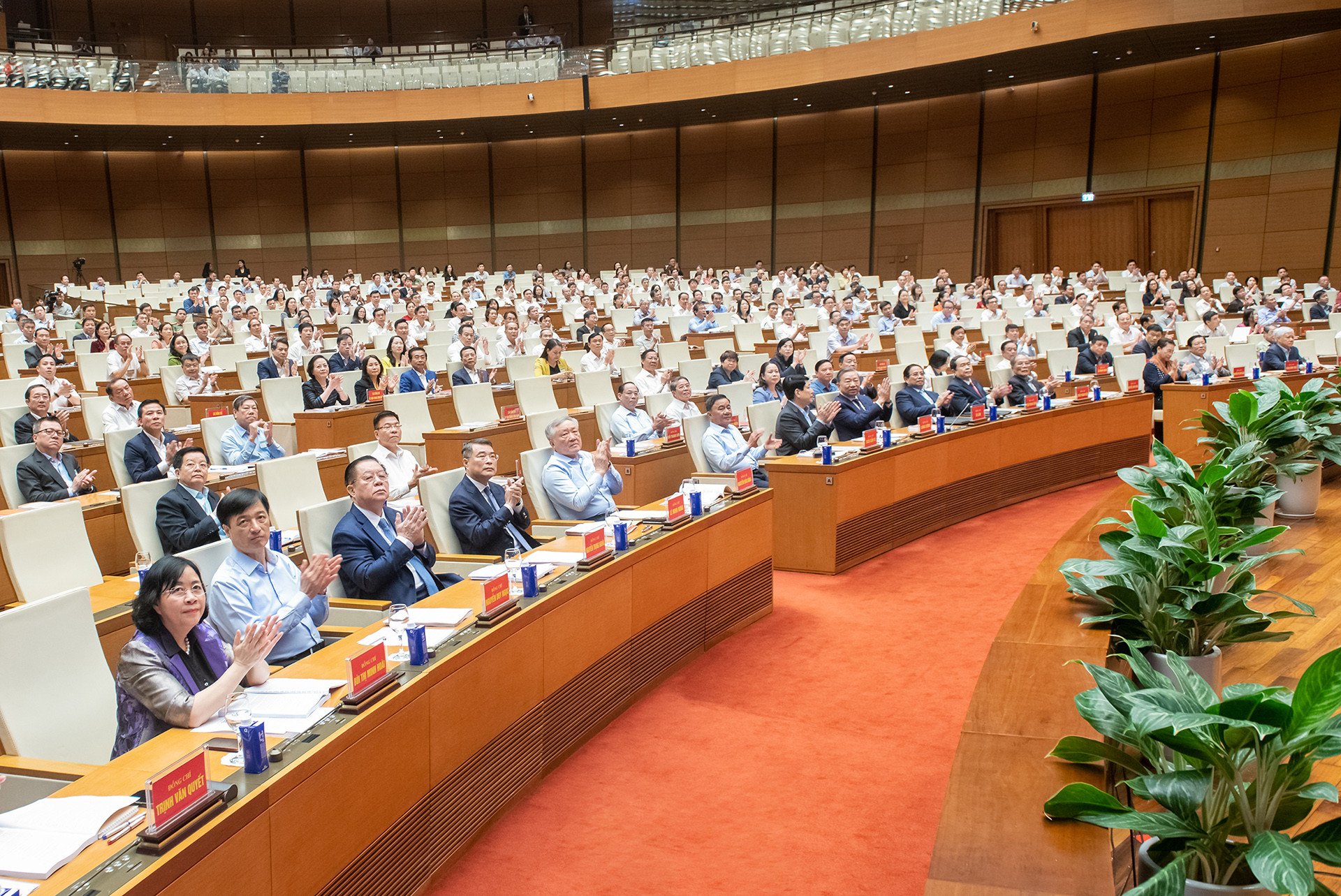
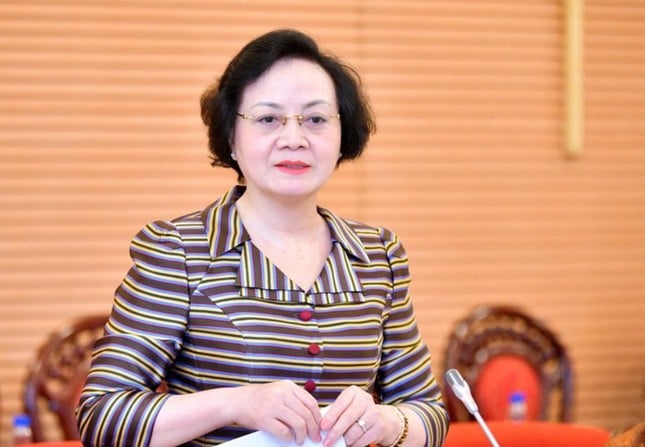

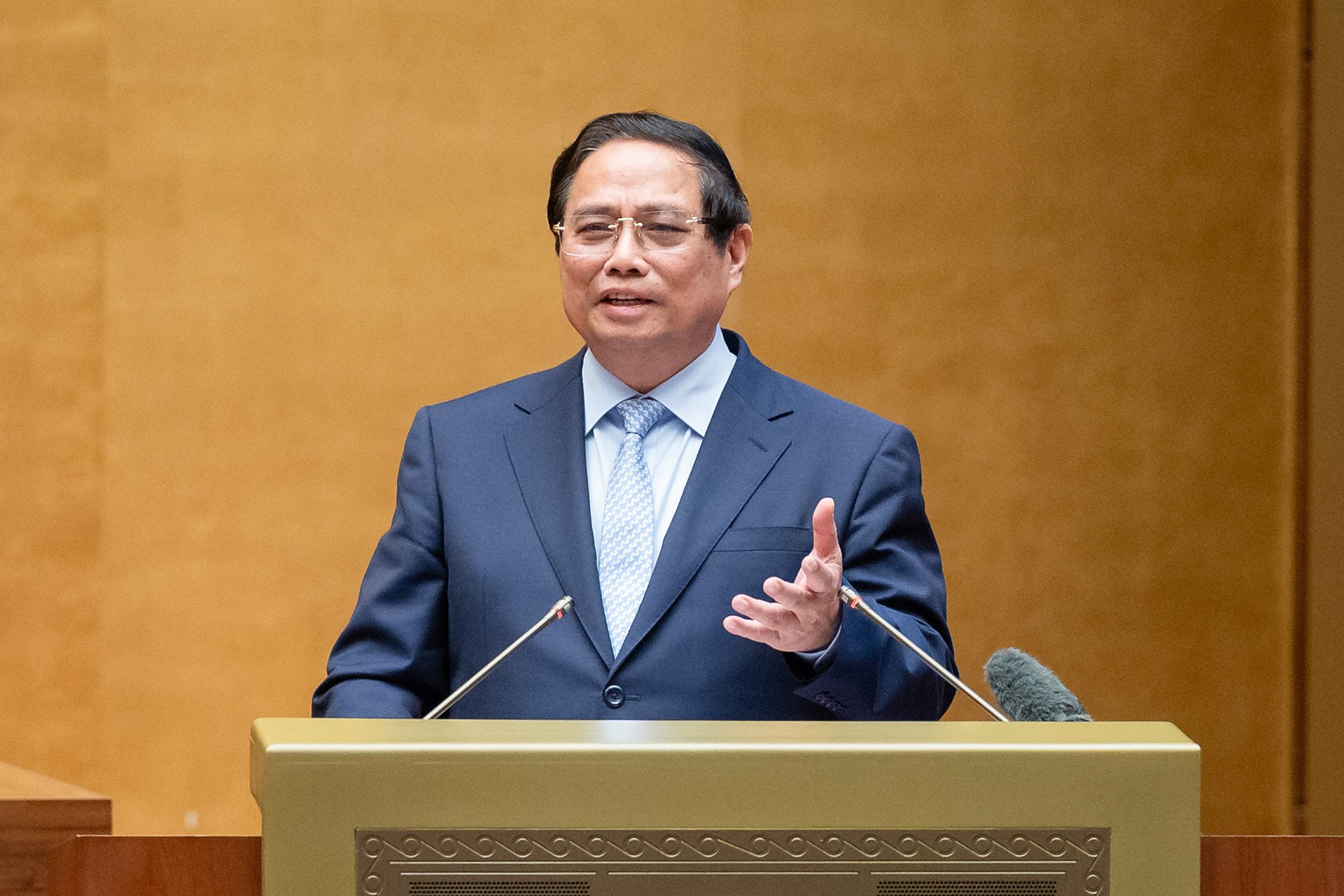
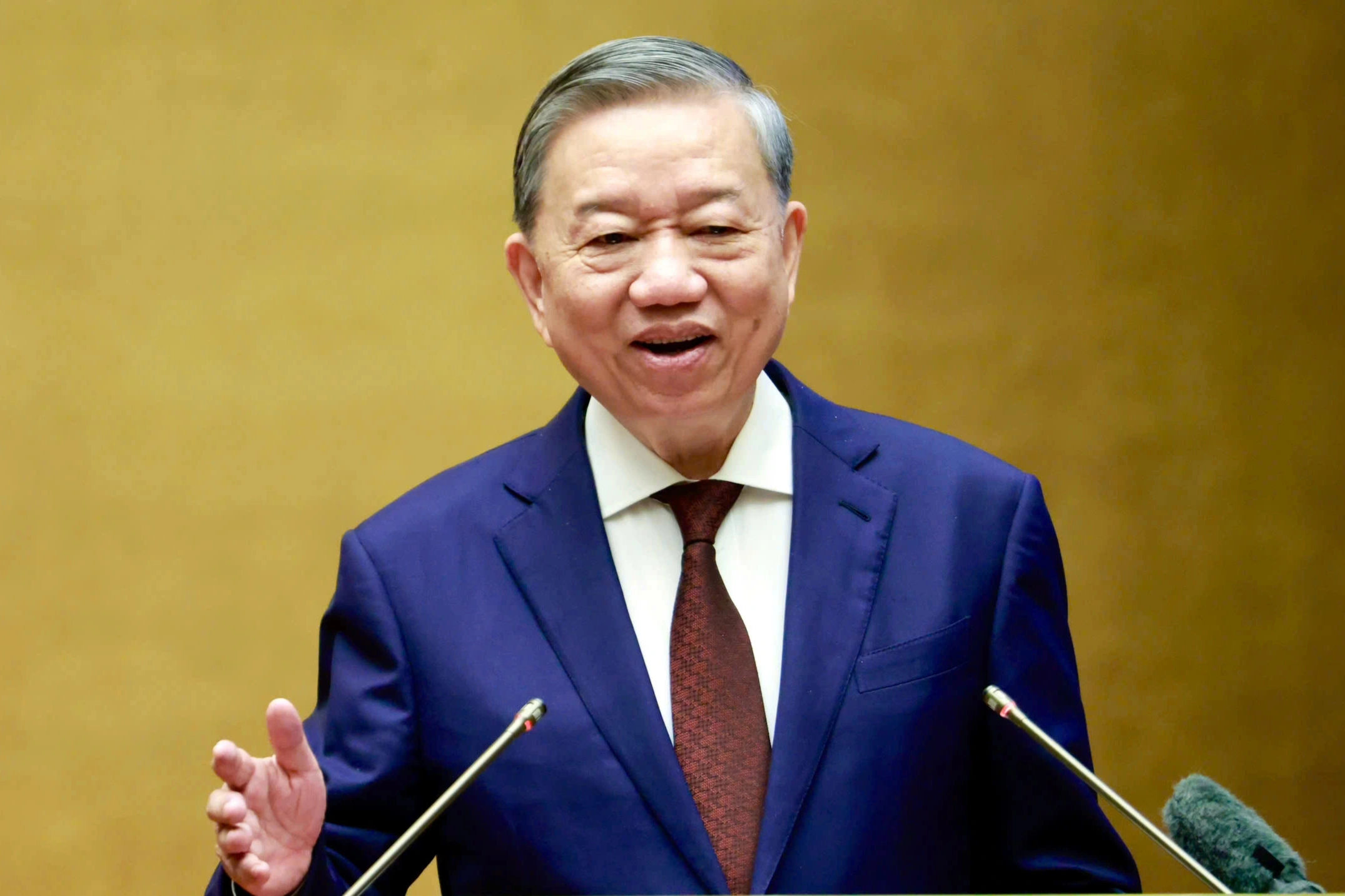
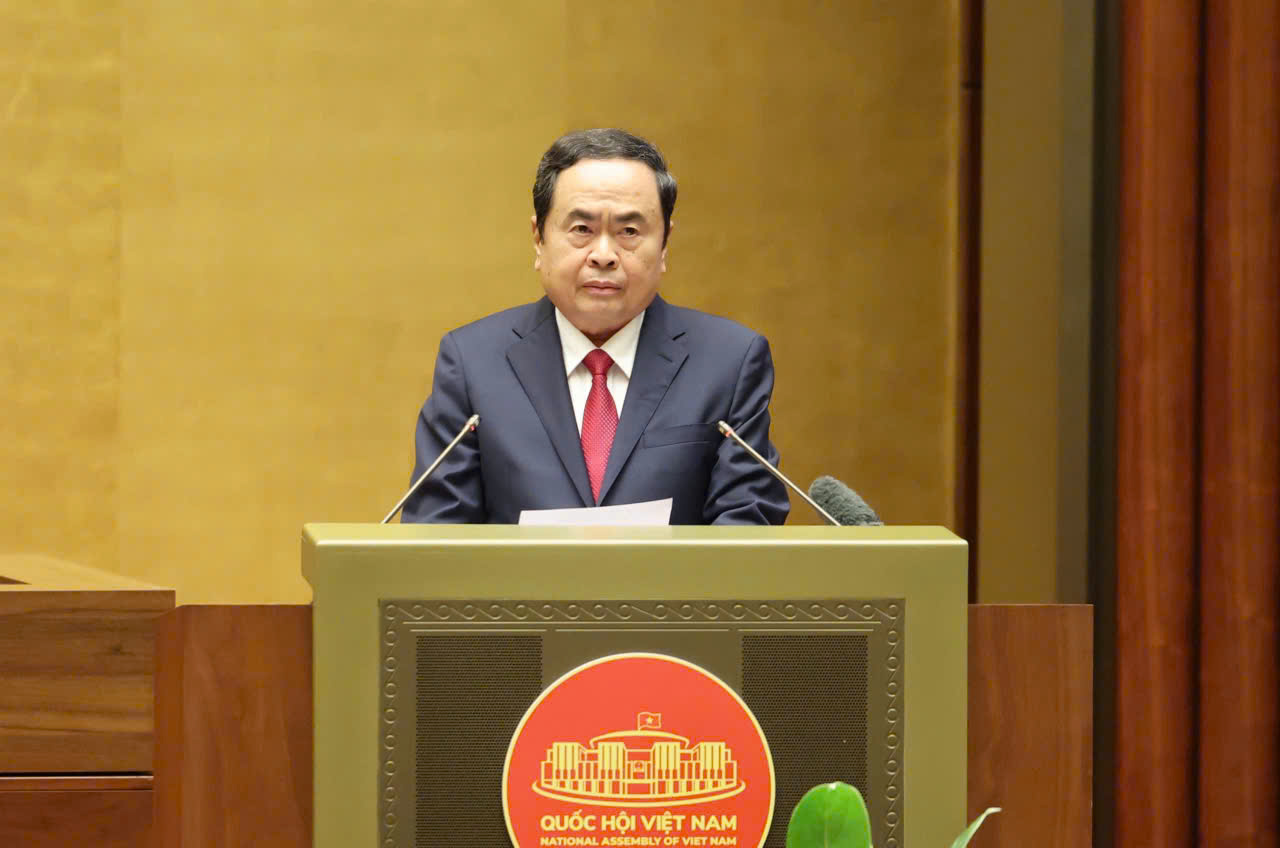





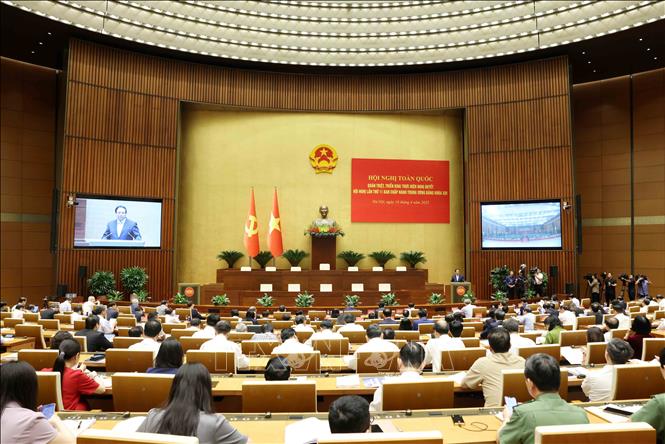

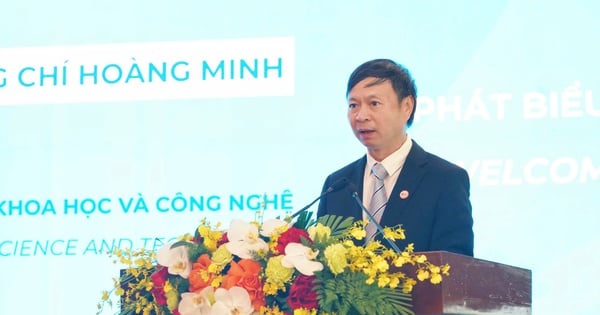

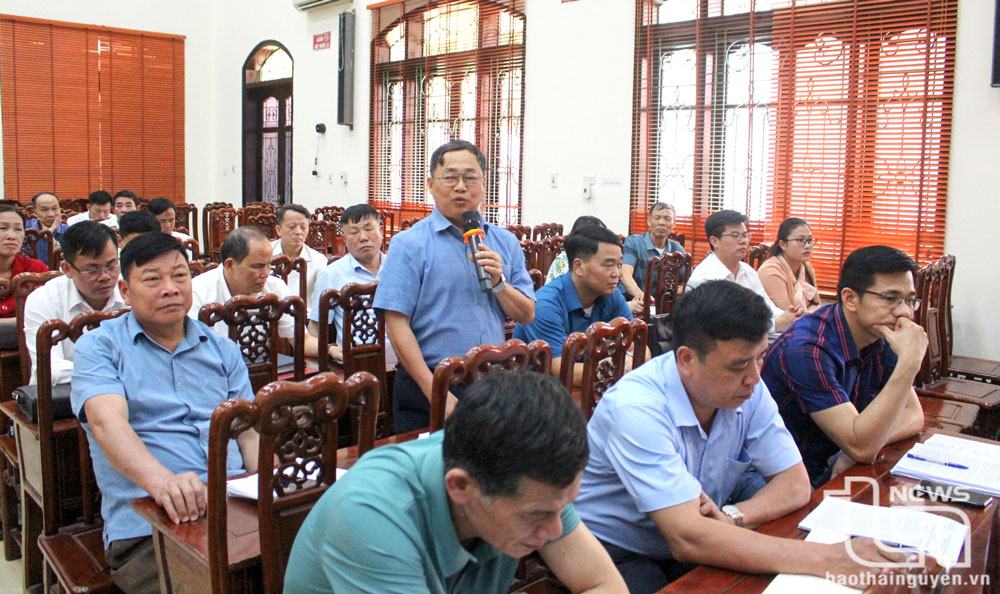


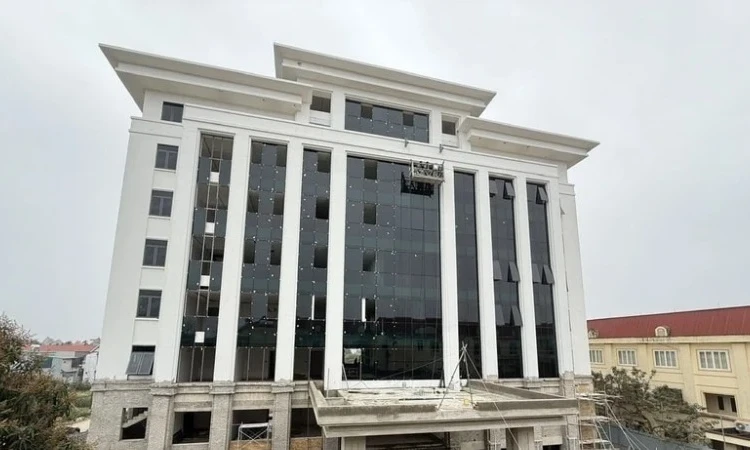

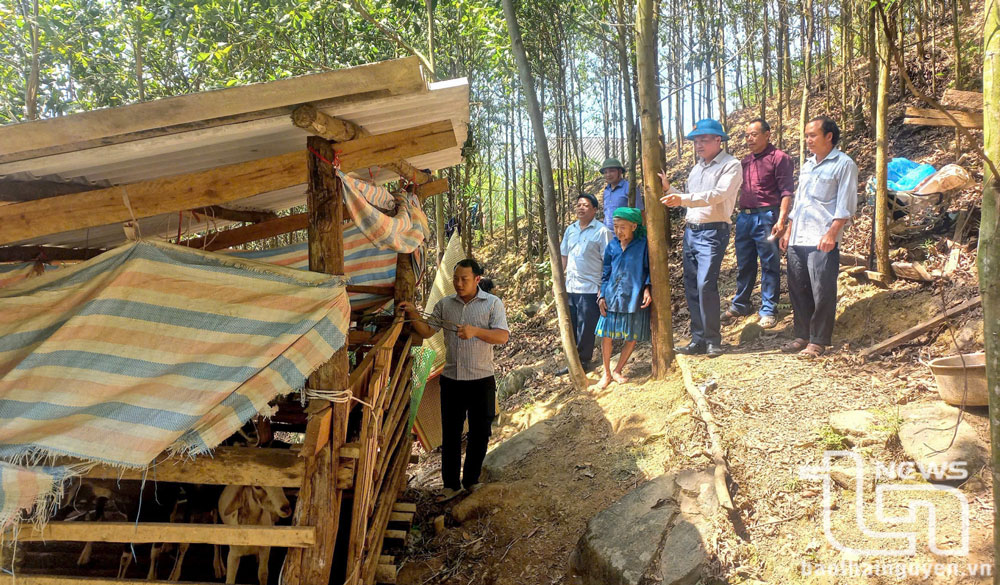

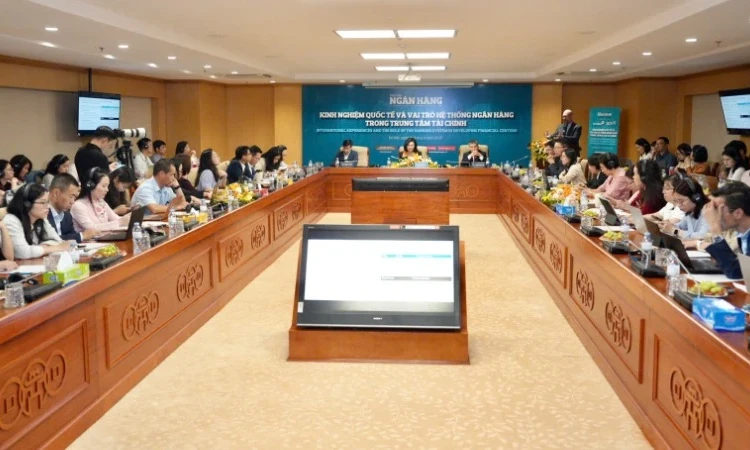
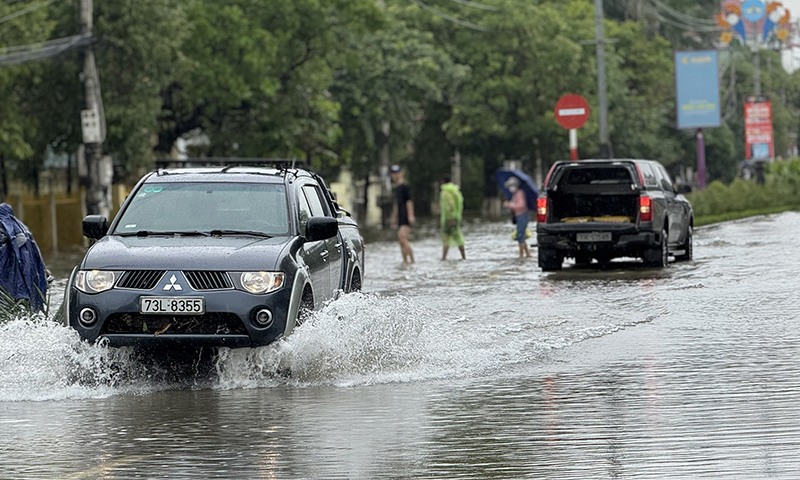

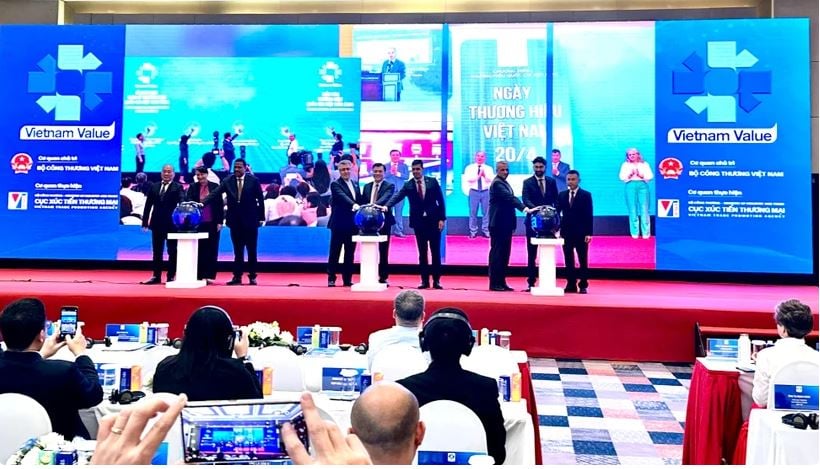

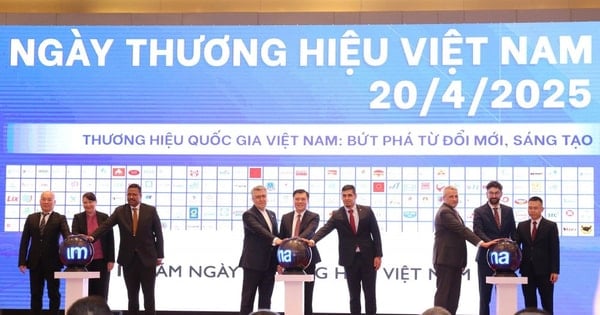

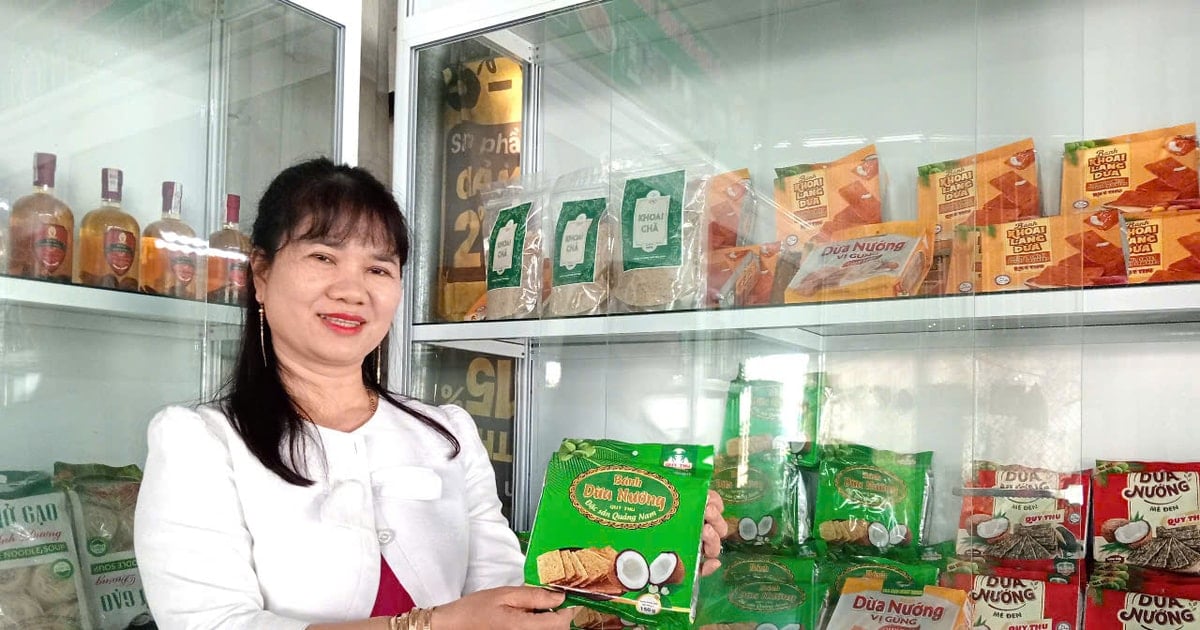

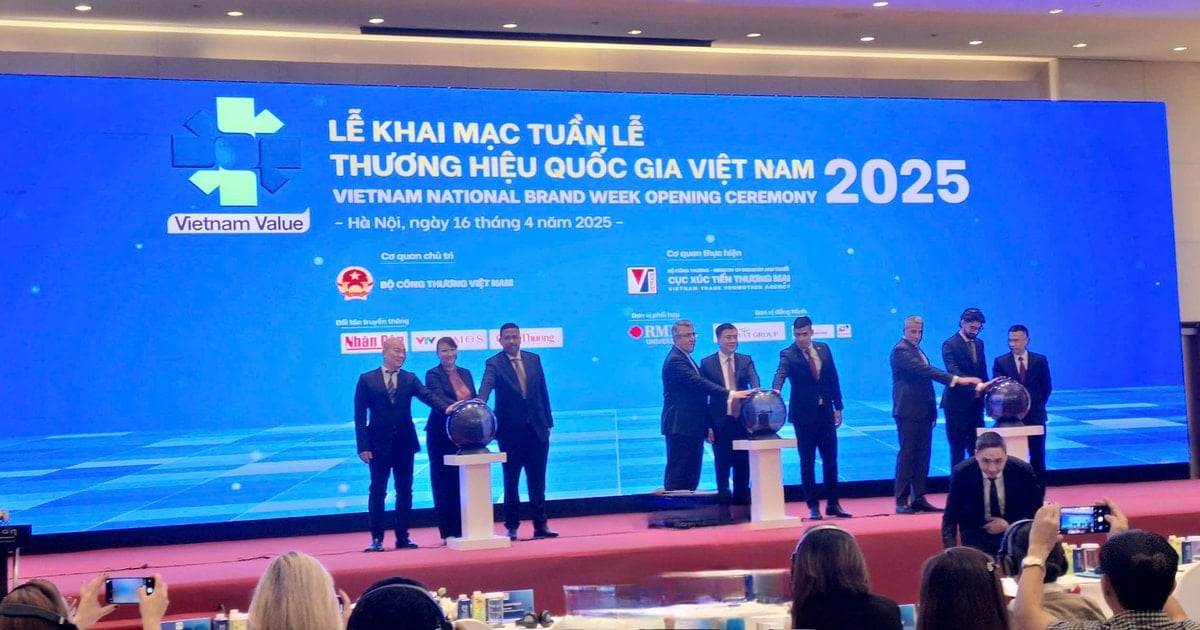

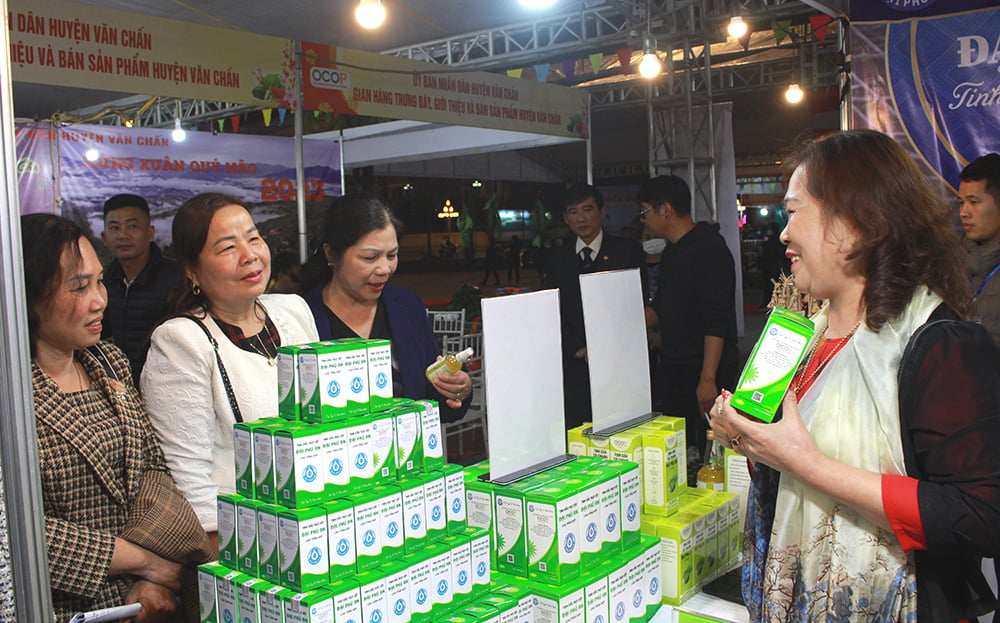
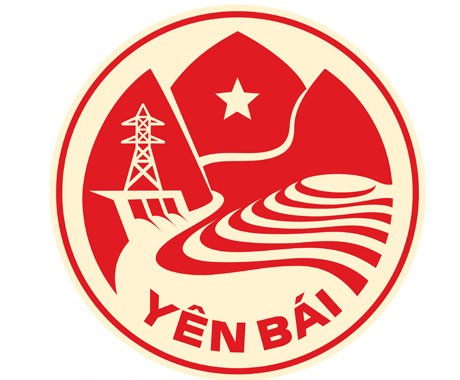
![[Photo] The capital of Binh Phuoc province enters the political season](https://vstatic.vietnam.vn/vietnam/resource/IMAGE/2025/4/16/c91c1540a5744f1a80970655929f4596)
Comment (0)